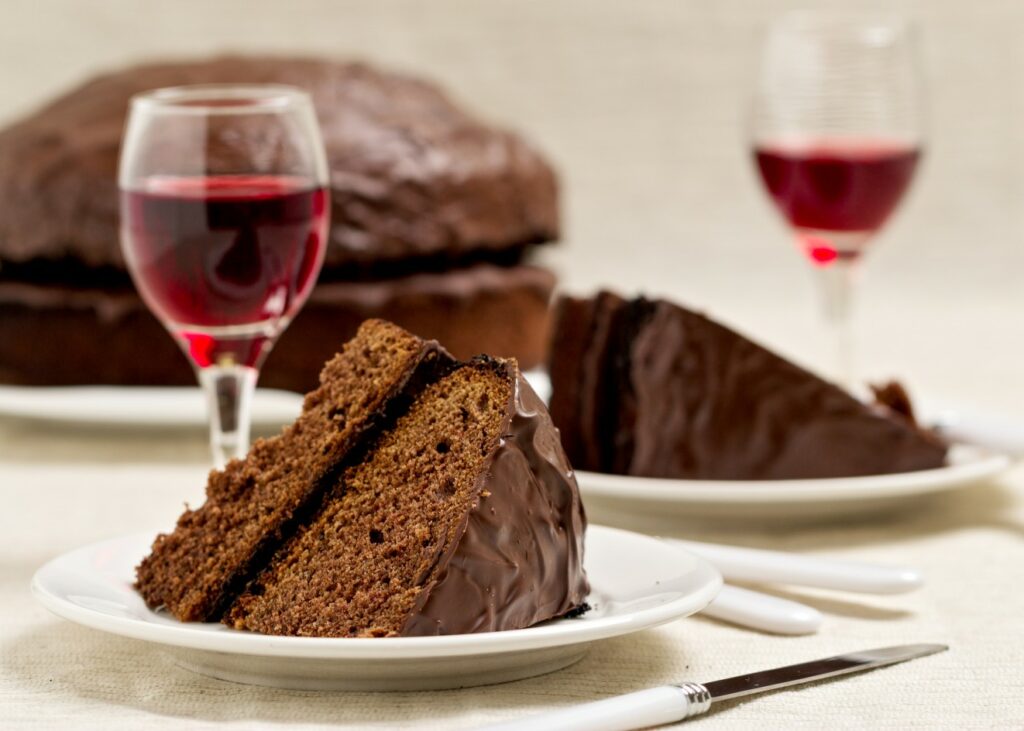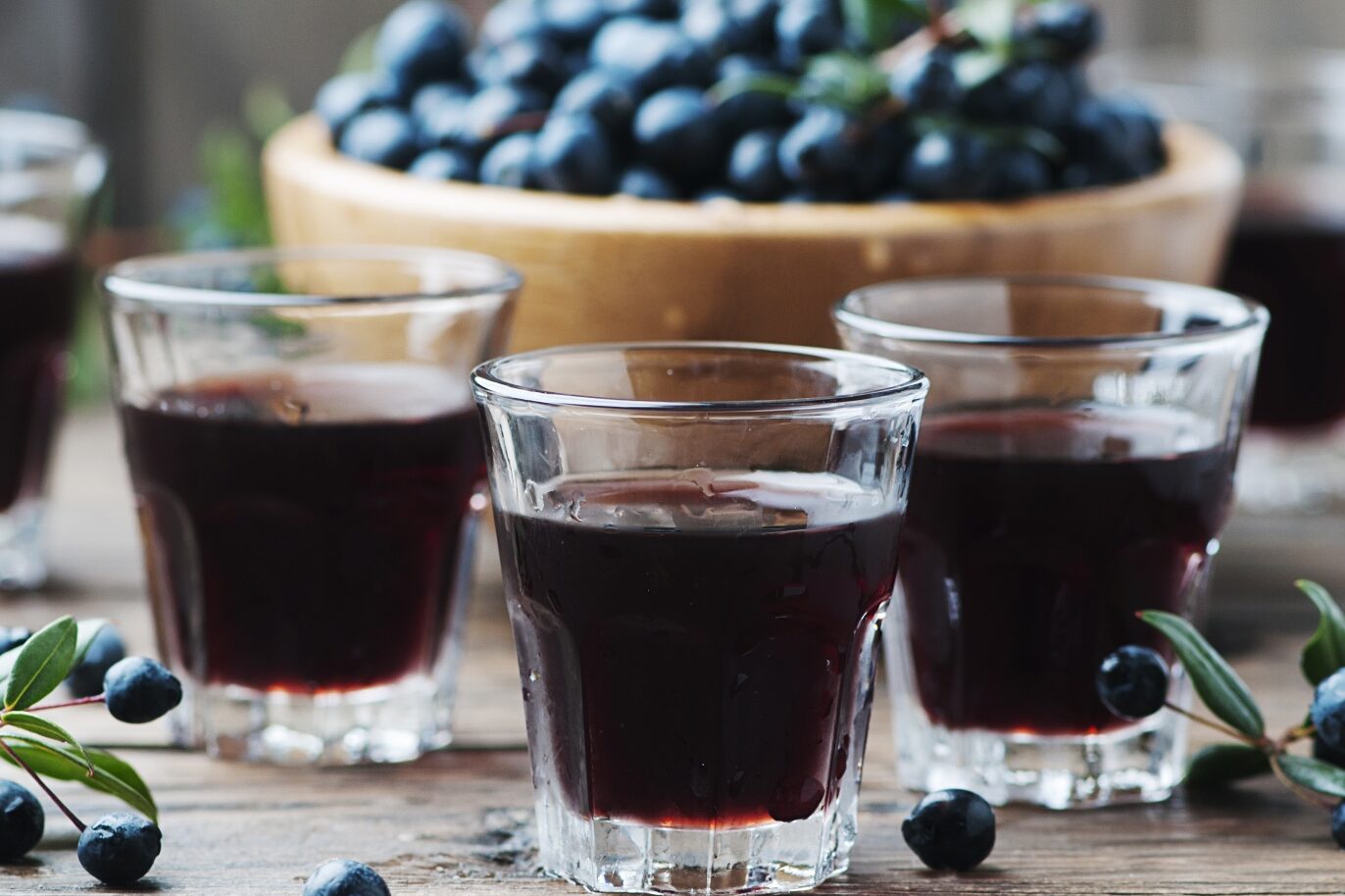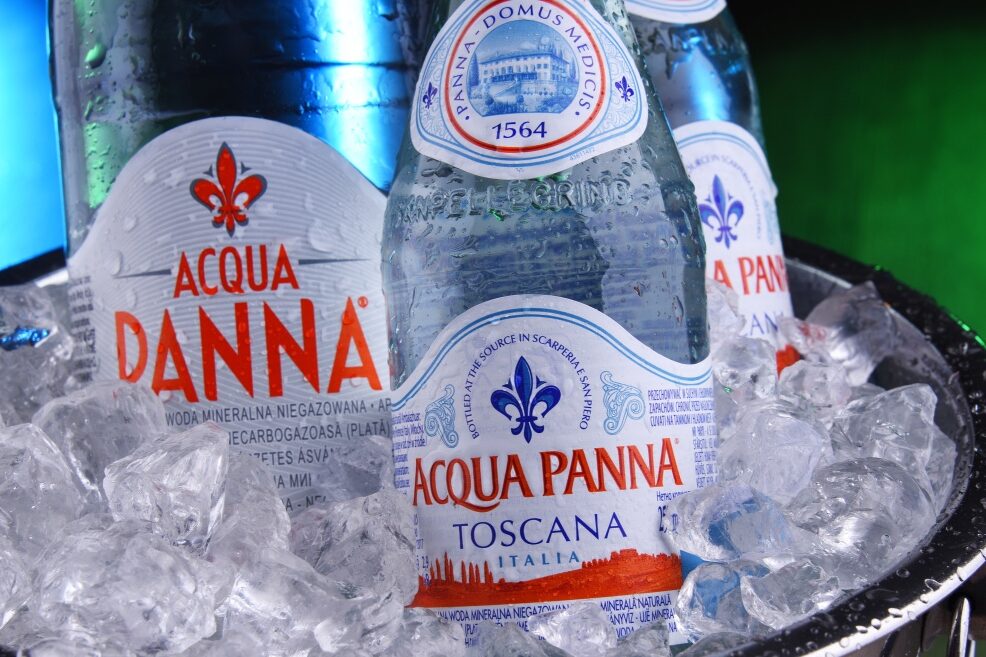For those who relish serious dining, especially during the holidays, there are three basic steps to bring an enjoyable meal to a fulfilling finish: make room for a tempting dessert; sip a soothing post-meal wine like Sherry or Port; match the dessert with the wine.
The latter poses the biggest challenge, yet offers the most satisfaction. Mismatching any type of dessert with any style of wine can put a damper on what starts out as a celebratory lunch or dinner.
To help you make the right decision, consider these guidelines: as the color of the dessert gets darker, so should the color of the wine. The wine should be as sweet as the dessert, with enough acidity for balance.
For more tips on wine-dessert matchups, we reached out to the experts: chefs, cookbook authors and wine specialists, who develop proven wine-food pairings. Our search begins with renowned James Beard Award winner, former Food Network host and dessert impresario Gale Gand. Also a cookbook author and culinary instructor, she recommends focusing on different dessert categories when selecting wine: custard and vanilla,
fruit and spices and caramel and chocolate. Here’s her guide to wine pairing for each of these groups:
- Custard and vanilla both express light, mild, buttery flavors. Suggested wines are whites like late-harvest Riesling and sparklers such as demi-sec Champagne and Asti Spumante.
- Fruit and spices, with notes of apples, pears and cinnamon. Recommended are whites like late-harvest Gewirtztraminer, Sauternes and pink Champagne.
- Multi-flavored desserts should be paired with Port and Champagne.
- Caramel and chocolate with rich, dark, buttery tones should go with rosés like Pinot Noir, Banyuls, Australian Shiraz, Grenache, Port and Champagne.
From Gand we turn to Francine Segan, food historian, wine writer, cookbook author and regular guest on the Food Network, Discovery and History networks, and an authority on Italian cuisine. “There are several differences on how many Italians perceive dessert compared to people in the US and elsewhere,” she noted. “Italians generally linger at the table following a meal to chat and nibble on nuts or fruit, ” said Segan. “Desserts are served with wine such as Port, Sherry or sparkling, but never with coffee or tea.” She offers three factors to consider when choosing dessert wine: acidity (acidic wine pairs best with fruit that likewise has natural acidity); intensity (the more intense the dessert flavor, the bolder the wine); sweetness (dessert wine should be sweeter than the dessert itself).
Educational resource Wine Folly identifies five types of dessert wine: sparkling, slightly sweet, richly sweet, red and fortified. Each is produced with extra sweet grapes in which the fermentation process is discontinued before the yeast turns the grapes into alcohol. An example is Muscat Blanc, made with grapes much older, for instance, than those in Cabernet Sauvignon.
When shopping for bubbly wine, Wine Folly advises you to choose from these words on the label: demi-sec (French for off-dry), amabile (Italian for slightly sweet), semi-secco (Italian for off-dry), doux and molleux (French for sweet) and dolce/dulce (Italian or Spanish for sweet).
Another term that pops up occasionally in wine conversation is “Ice Wine.” A dessert in itself, this wine is rare and expensive for two reasons: it occurs only in years when vineyards freeze and the grapes must be picked and pressed while they are still frozen, usually in the middle of the night. Ice wine is commonly produced in colder climates like Canada, Germany and Switzerland, mostly with Riesling or Vidax grapes.

Fruit compatible with late-harvest wine
Our pairing journey continues with a stop at Food and Wine Magazine, which claims that fruit tarts engage nicely with late-harvest wines, regardless of the season. Late-harvest translates into wine made from grapes left on the vines past the normal picking times to increase sugar levels. Suggested pairings:
- Cheesecake with fruit or berries, fruit tarts, carrot cake and chocolate all harmonize with late-harvest whites like Airfield Estates Riesling, Northwest Totem Cellars Elerding Voigner and Covey Run Reserve. Reds that work well include Dry Creek Vineyard Zinfandel and St. Supery Moscato.
- Apple pie, buttery-crusted pastries, pumpkin pie and English toffee can be matched with such sweet sparklers as Mumm Napa Cuvee, domain Ste. Michelle and Schramsberg Cement demi-sec.
- All things chocolate, pecan pie and mocha are perfect partners with Eos Zinfandel Port and Robert Hall Vintage Port. Both wines contain a tasty blend of chocolate, coffee, licorice, cherries and herbs.
Finally, a visit to Spoon University, an online educational organization with a mission to instruct the next generation of cooks and others involved in the food industry. Research studies of wine-dessert combinations have resulted in these findings:
- Chocolate chip cookies go best with fruity reds like Barefoot Cellars Cabernet Sauvignon.
- Oatmeal raisin cookies pair well with Pinot Noirs like Woodridge Mondavi.
- Vanilla cake tastes better when teamed with classic Chardonnays like Flop.
- Red Velvet cake is a natural fit with red velvet wine like Cupcake Vineyards.
- Chocolate cake is complimented by the pronounced flavor of Woodridge Mondavi Cabernet Sauvignon.
- Cheesecake teams up well with Sherry.
- Tiramisù is hard to resist when paired with Andre Brut Champagne.
- Sorbet becomes extra refreshing with Barefoot Cellars Pink Moscato.
- Chocolate ice cream is especially toothsome when served with Red Decadence Chocolate Wine.
- Apple pie is a palate pleaser when accompanied by Barefoot Cellars Pink Moscato.
- Dark chocolate is particularly delectable when matched with robust Barefoot Cellars Zinfandel.
Mismatching wine and dessert can spoil an otherwise delectable meal, especially during the holidays. Follow these guidelines to pair the right wine with sweets to assure a grand finale to every dinner.






























